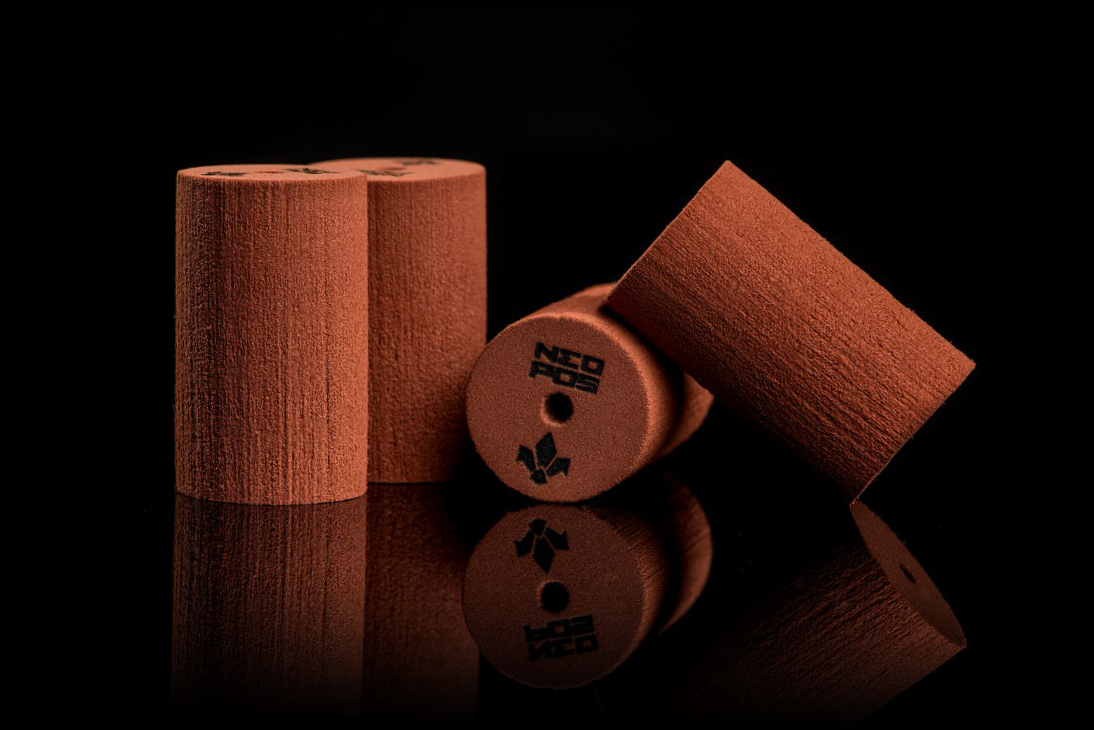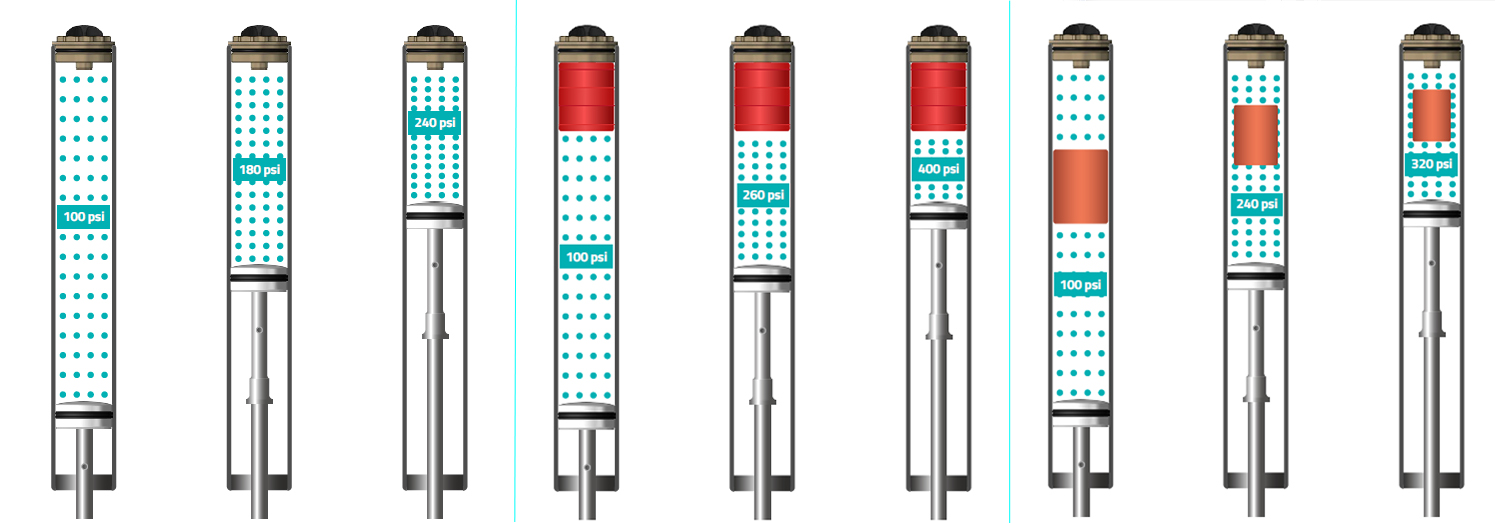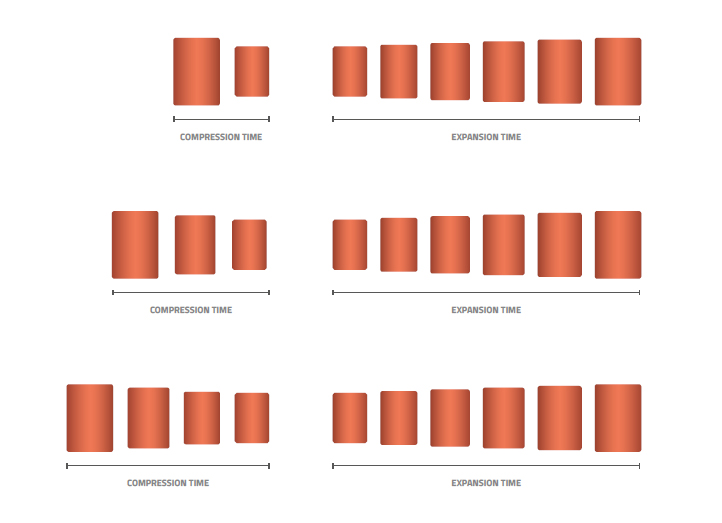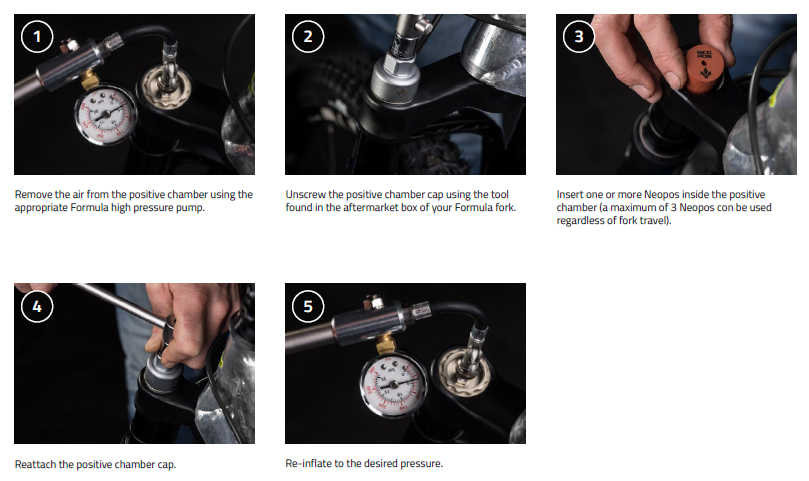Formula has a new way of adjusting the air spring of their suspension forks – but it’s not just another hard plastic spacer. Wanting to offer something that allowed for a more gradual suspension curve without the harsh ramp up of a traditional volume spacer. First starting on the project back in 2011, Formula is finally unveiling Neopos – a compressible volume spacer.
Looking a lot like the elastomers used in older forks, the Neopos (meaning New Positive) are designed to be dropped into the positive air chamber of all Formula 35mm forks. Unlike rigid volume spacers, the Neopos simply float inside the positive air chamber rather than being attached to the cap or the air spring assembly. Up to three Neopos can be installed regardless of fork travel.
One of the big claims of the Neopos system is that the compressible spacers allow for a more gradual increase in air pressure. This supposedly allows for a more linear suspension curve with more midstroke support and less of a harsh ramp up toward the end of the stroke.
Formula also points out that the response of traditional air suspension is not constant like that of a coil spring. Air spring progression curves will vary with different speeds of compression so to compensate, the Neopos have a consistent expansion time. This is said to impart a more coil like feel to the suspension with a more consistent, and predictable feel.
In contrast to the somewhat complicated technical explanation, installation couldn’t be simpler. Just let out the air from your fork, open the top cap, drop up to three Neopos in, and close and air it back up. Formula says that the Neopos will work with all of their 35mm forks – the Selva, Nero R, and Thirty-Five, and as of May 2018 Nero Ar forks will include two Neopos in the positive chamber. Otherwise, you can buy a set of three for $36 immediately.





